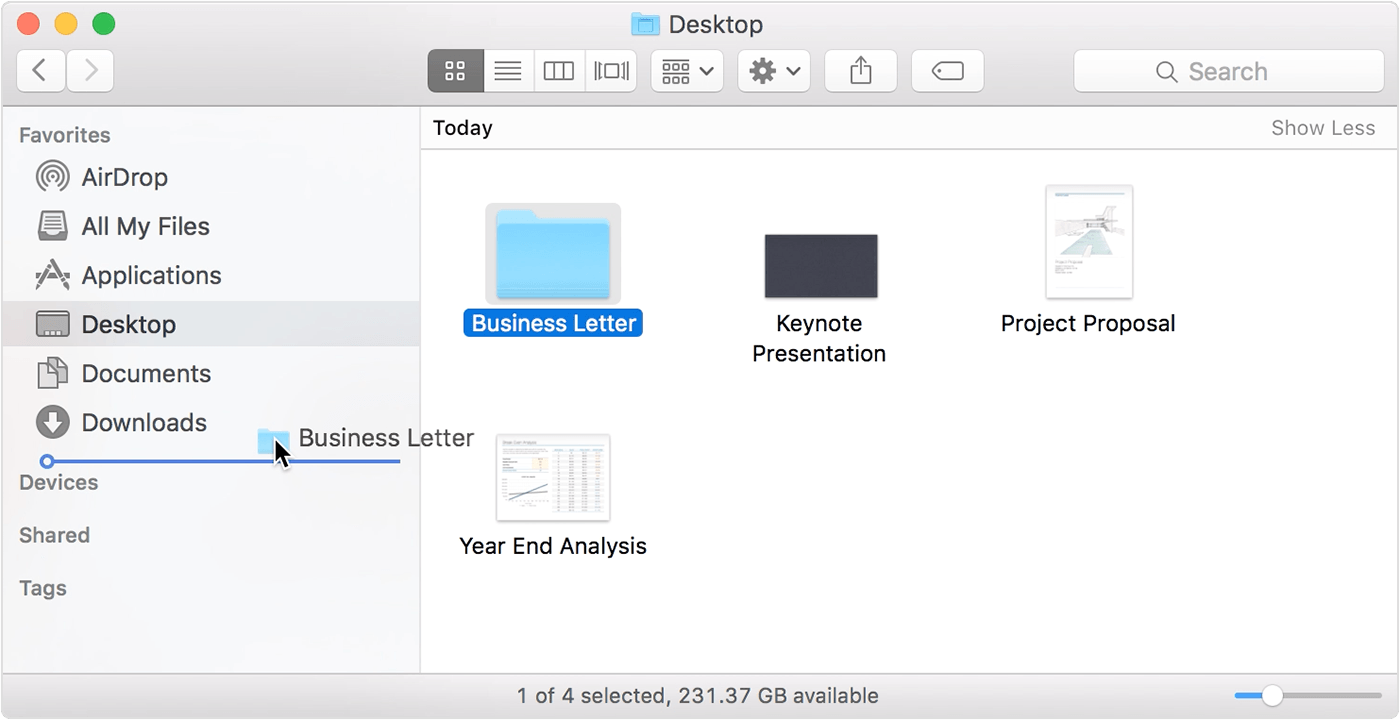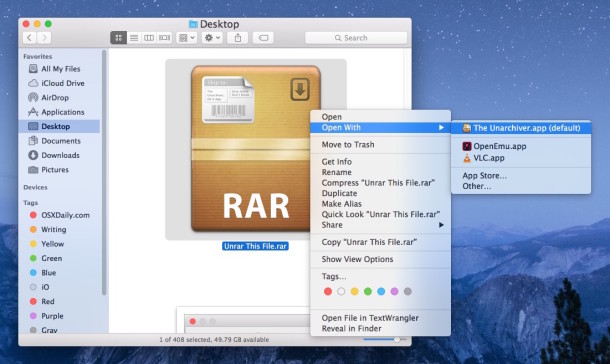Mac Look For Program Files
You can find your Quicken data file on your hard drive by going through Windows Explorer and navigating to the folder where Quicken saves its files. This is usually in the folder C:/Program Files/Quicken/Data (the 'C:/' is the letter assigned to hard drives in most computers). Look for it on the Mac App Store. * Added Brazilian Portugese translation. * Added support for XIP files. * Fixed some crashes and unsupported files for RAR. * Better support for RAR Mac OS X SFX files. * Fixed crashes for certain CAB and PDF files. This means the program will need to nag the user more often, but should also mean that.
Quicken is very flexible and can handle not only your personal finances but also the finances for special projects you might be managing or the finances for your small business. You don't need separate software products for these other projects; instead, Quicken can create a new data file specifically for each additional project, keeping the information from each separate.
How Many Quicken Data Files You Can Have
You can have many Quicken data files — as many as you would like, and all created in the same software. For example, you could have one for the school parent-teacher organization, as well as one for a personal project, both of which are kept separate from your personal financial data.
Finding Quicken Data File on Your Hard Drive
You can find your Quicken data file on your hard drive by going through Windows Explorer and navigating to the folder where Quicken saves its files. This is usually in the folder C:/Program Files/Quicken/Data (the 'C:/' is the letter assigned to hard drives in most computers). This is the default location set in Quicken where data files are saved.
If you're having trouble finding a data file for Quicken, you can search for all Quicken data files stored on your computer by following these steps:
- While in Quicken, click File in the menu.
- Click File Operations.
- Click Find Quicken Files.
- From here, you can search for all Quicken files or specify a specific Quicken data file name. You can also select the device to search if you save your Quicken data files somewhere other than your hard drive, such as a USB drive, CD, DVD or other data storage.
Identifying the Quicken Data File You're Currently Working In
You can find the name of the data file you currently have open in Quicken by looking on the left side of the top bar. You will first see the version of Quicken you are using, followed by the data file name. For example, you might see 'Quicken 2013 Deluxe -- QData' in the top bar.
Changing the Name of a Current Quicken Data File
Quicken names the data file Qdata by default, but you can save the file any name you wish.
You can rename a Quicken data file you are currently using by clicking File and Save a Copy and then entering a new name. It creates a copy of the current file and saves it under the new name you've chosen. All of the accounts, transactions and budget information that you had entered in the original Qdata file are copied over to this new file. Moving forward, you will work in and make changes to the renamed data file.
Creating and Naming a New Quicken Data File
You can start a new Quicken data file with a custom name by clicking on File and New Quicken File. Enter the name for your new Quicken data file; for example, if you're managing the finances of a new parent-teacher organization, you could name that file 'PTO.'
I have a text file opened up in TextEdit, and I can't seem to figure out the full path of the file.
Also, if I search for the file in spotlight, it doesn't seem to tell me the full path of the file either.
I'm clearly missing something here. How to tell the full path?
Jens Erat5 Answers
You can Command-Click the icon and file name in a window's title bar to reveal the full path as a menu:

You almost never need this path: Due to the lack of an address bar in Finder, where would you paste it? You can just drag the file proxy (the icon) from a window's title bar into an Open… file dialog to select it e.g. in a different application.
If you really want the full path to a file in a copyable form, you can drag and drop the file or its proxy icon onto a Terminal window. From there, you can then copy and paste it.
Simple text editing fields (like text areas on web sites), or Text Edit's plain text view behave in a similar way: Just drag & drop the file onto them.
You can also use Automator to create a Service that copies a selected file or folder's path to the clipboard. Launch Automator, select Service, and that it receives selected files and folders in any application. Save, and name it e.g. Copy File or Folder path.
Mac Look For Program Files Location
Just select a file or folder in Finder or any other program that works in a similar way and invoke your new service from the Application Menu » Services » Copy File or Folder path (it will only show up if you actually have files or folders selected). You can assign a keyboard shortcut in System Preferences » Keyboard » Keyboard Shortcuts » Services
A file's path is also displayed in its details dialog in the General category, from where it can be selected and copied:
A selected file's path is also displayed in the Finder's path bar, which you can enable from View » Show Path Bar. It's enabled by default for Spotlight results windows AFAIK.
Free picture editing program for mac. From the Spotlightmenu, you can press Command-I to open the file's Get Info dialog, drag it to Terminal, drag it to a TextEdit plain text view or a similarly simple view, or drag it to an Open… file dialog.
From the Spotlight results window, you can open the Get Info dialog, drag the file to Terminal, to TextEdit, an Open… file dialog, or invoke the service. The full path is also displayed in the Path Bar.
Daniel Beck♦Daniel BeckYou can show full paths in the Spotlight menu by holding command and option. Or in Alfred ⌘C copies the absolute paths of files.
I have assigned this script to ⌃⌘C:
The first method didn't work with Preview, TextMate 2, Sublime Text, or iChm, and the second method didn't work with Acorn.
LriLriIn most programs you can command+click (or apple+click, depending on your keyboard) on the file's name in the title bar of its window and you'll get its path arranged vertically in a dropdown list.
Or in Finder, for instance after a search, you can select the file and do command+I to bring up the file information window, which should have the full path somewhere.
If you use Preview, the full path of the current opened file can be revealed by right click the file name on the title bar.

If you have the file opened in the Preview app or in TextEdit, you can right-click the file name in the title bar. This will reveal the full file path.
If you want to open that path, just select the folder you want to open.
agtoever